Get your free copy of the sunrise series cookbook and dine along with our protagonists

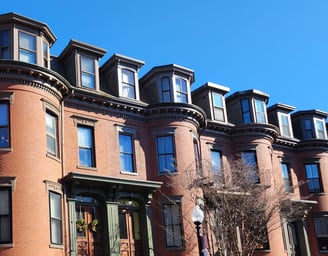
Where Did All This Romance Stuff Begin?
Introduction
Romance novels have been captivating readers for centuries—but where did it all begin, and how does a modern-day writer like me fit into that lineage? In this piece, I’ll explore the roots of romance fiction, unpack the lingo, and reflect on how genre, trope, and character shaped my debut manuscript—sometimes without me even realizing it.
A Brief History of Romance
Daphnis and Chloe can claim to be the first romance novel. Written in the late second century A.D. by the ancient Greek writer Longus, the story revolves around two young lovers growing up together, unaware of their feelings and heritage. It's an early example of emotional development and romantic conflict—tropes still alive today.
Jump ahead to the 18th century, and you’ll find two immensely popular novels by Samuel Richardson: Pamela; or Virtue Rewarded (1740) and Clarissa: or The History of a Young Lady (1748). Both novels dealt with themes of virtue, morality, and societal expectations—elements that continue to echo in today’s romance novels, albeit with a modern twist.
Fast forward to 1972, when Avon Books published The Flame and the Flower by Kathleen Woodiwiss—a hefty historical romance that traded chastity for steamy sex scenes. Arriving in the thick of the sexual revolution, the book became an instant bestseller and is often credited with birthing the modern romance genre. Avon published it in paperback, after multiple hardback rejections. By 1977, it had sold over 2.5 million copies (Goodreads).
Avon repeated that success with Sweet Savage Love in 1974. Together, these two titles kickstarted the quick and furious production of the paperback romances we know today.
Early romance novels were sold at grocery stores and drugstores—places where women shopped. They were by women, for women, and about women. Initially, these were large historical romances, followed by slimmer titles published in sequence.
So What Exactly Is a Romance Novel?
Romance novels are built on two key principles:
1. A central love story.
2. An emotionally satisfying, optimistic ending.
Within that framework, there’s room for endless variation in tone, setting, and style. The genre spans subgenres defined by timeframe, plot elements, and location—from historical to contemporary to fantasy.
But what does this mean to a debut author like me?
The Lingo: Genre, Subgenre, and Tropes
Let’s do some quick housekeeping.
Think of the word genre as a broad umbrella. Many types of books live under it—sharing similar structures, themes, and characters. Across the literary spectrum, genres include thriller, mystery, horror, and, of course, romance. Within these are subgenres that further define the story—like contemporary romance, historical romance, or romantic comedy.
And then there are tropes—recurring themes or storytelling devices that help shape a narrative. They're not specific to one genre but appear everywhere. In romance, popular tropes include friends to lovers, enemies to lovers, and second chance romance. Think of tropes as the ingredients that give each love story its unique flavor.
To put this in perspective, consider that ancient Greek theater had just two genres: tragedy and comedy. Today, we have dozens—with endless subgenres and mashups. Take “Romantasy” (romantic fantasy) or sci-fi romance. Genre-blending is more common than ever.
My Writing Journey: A Genre Without Borders
Before I began writing my debut manuscript, I made one firm decision: my two protagonists would be professionals—a forensic accountant and a professional soccer player. I didn’t want their careers to serve only as filler or answer the “what do they do?” question. I wanted their jobs to create conflict—through out-of-sync schedules, travel demands, or workplace tensions. As their romantic connection grows, these tensions intensify, helping create necessary story structure and emotional stakes.
But here’s the thing: I didn’t start with a specific trope in mind. I didn’t even research tropes or subgenres before writing. I simply let the story unfold. In hindsight, several tropes organically emerged.
Tropes in My Manuscript
- Friends to Lovers: They start as friends before romance blooms.
- Athlete & Fan (Variation): The relationship comes first; one character becomes a fan of the sport later.
- Different Worlds: Forensic accountant meets soccer star—cue contrasting lifestyles and emotional friction.
- Fish Out of Water: Each character has to navigate the other’s world and its challenges.
- Coffee Shop Romance: They first meet over coffee—a cozy, casual setting that allows for slow-burn development.
I now see how these tropes subtly influenced the manuscript’s structure and tone. Tropes aren’t limiting—they create a familiar foundation for readers while allowing plenty of creative freedom.
Lessons I’ve Learned as a Debut Romance Author
Here’s what I’ve learned so far:
- Don’t stress about tropes at the start. Let the story guide you. The tropes will reveal themselves naturally.
- Give your characters meaningful careers. Their jobs shouldn’t be accessories—they should shape conflict, pacing, and personality.
- Genre helps you, not limits you. It provides guidance on structure and reader expectations—but you can still play.
- Settings matter. A simple location, like a coffee shop, can become a subtle storytelling tool.
Why Categories, Genres, and Subgenres Matter
Now that I’m finishing my first manuscript, all this terminology—category, genre, subgenre—makes more sense.
Here’s a quick breakdown:
- Category = fiction or nonfiction
- Genre (niche) = romance, self-help, fantasy, etc.
- Subgenre (more niche) = contemporary romance, romantic suspense, health and wellness, etc.
These labels help authors find agents and publishers. Once published, they help readers find the books they want, and bookstores know where to shelve them.
Parallel to Music
The publishing world isn't the only industry that uses categories and subgenres.
In music:
- Category: Popular music
- Genre: Rock
- Subgenre: Metal
Or:
- Category: Folk music
- Genre: Bluegrass
- Subgenre: Traditional
Just like in books, this classification helps musicians describe their sound, reach the right audience, and connect with reps.
Looking Ahead
I know how the story ends (an emotionally satisfying, optimistic conclusion—aka “Happily Ever After”). ✓
I have my two protagonists. ✓
Each is defined in part by their professions. ✓
They meet by accident, become friends, and develop a love story. ✓
I’m not sure what approach Richardson or Woodiwiss took when they began their novels. Maybe mine borders on a genre mashup. Still, as I wrap up this story, I already have an idea for the next one—featuring a fish market owner and a steel walker.
The Sunrise Series
It started in Boston over an innocent cup of coffee. Natalie, a regular and Jay, the new addition to the local pro soccer team.
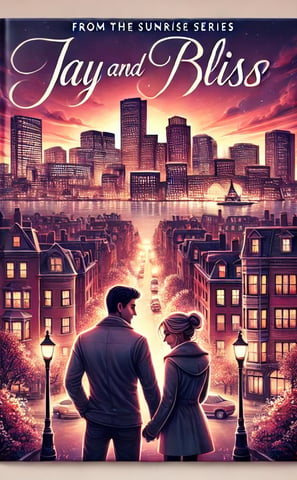

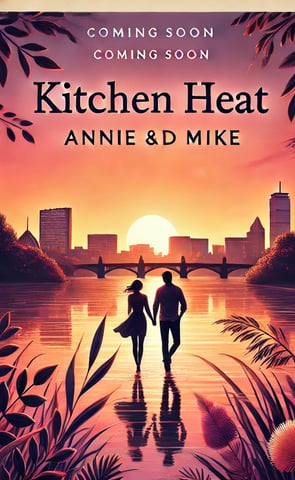

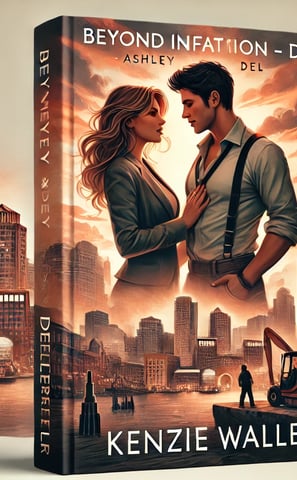

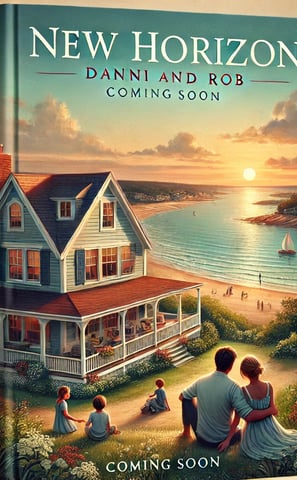

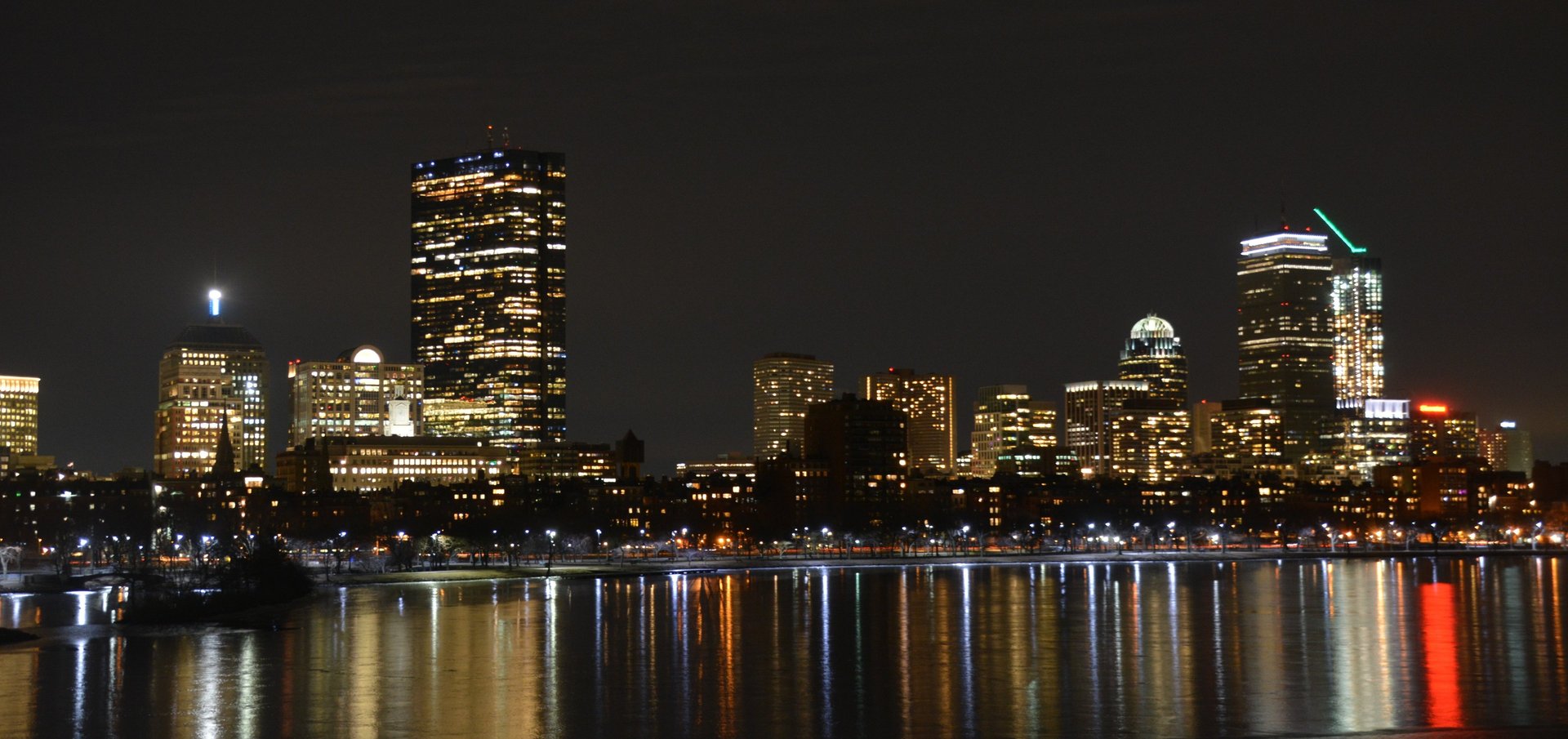
Contact Me
Reach out for inquiries about the Sunrise Series novellas.